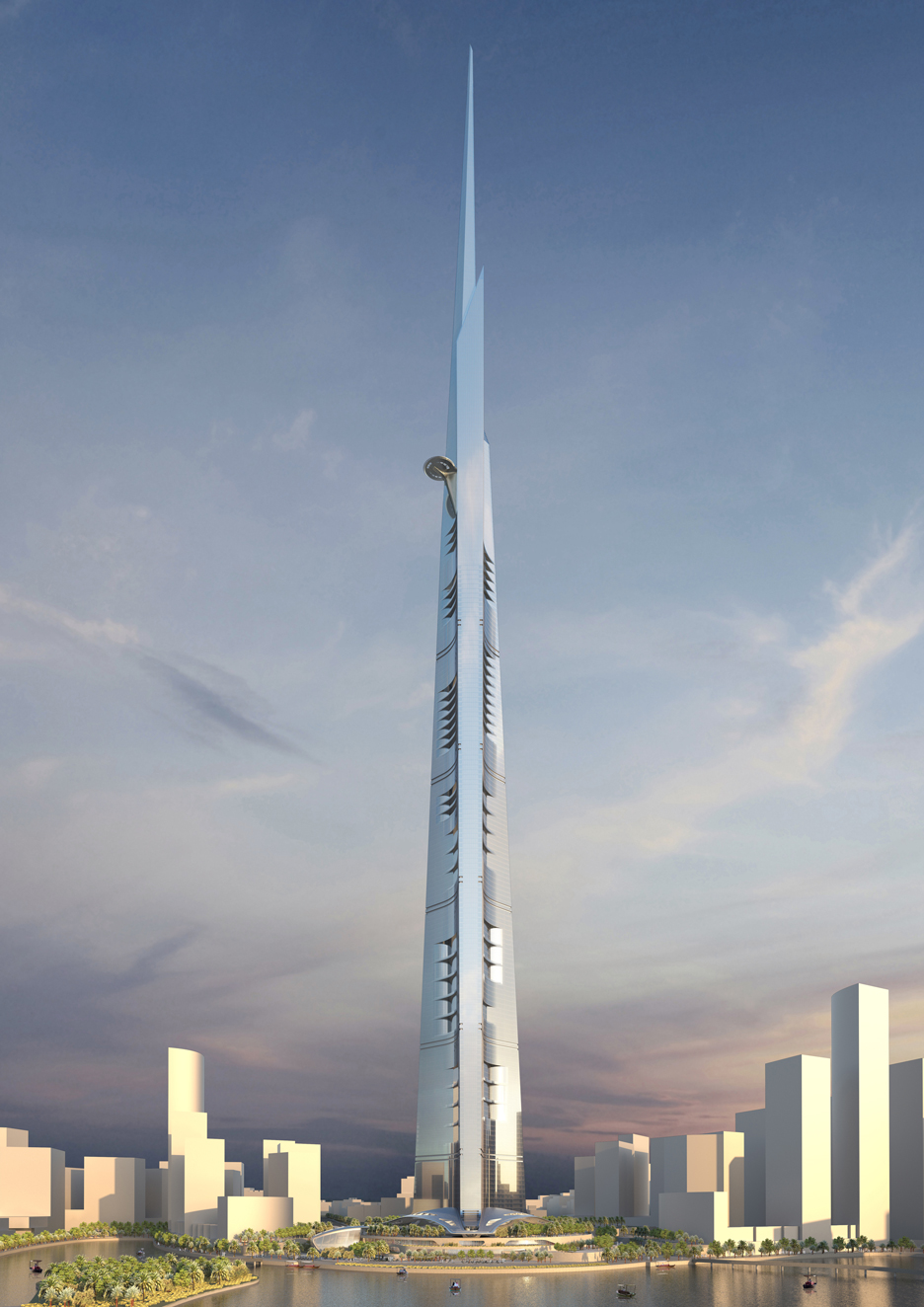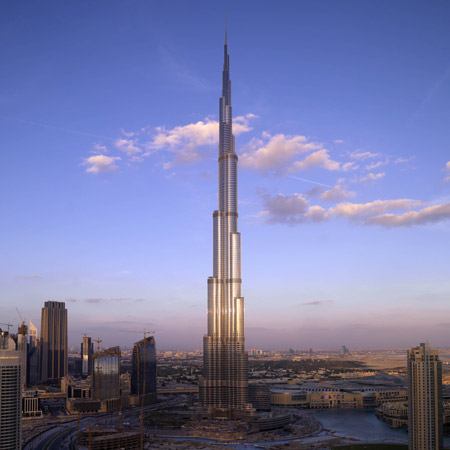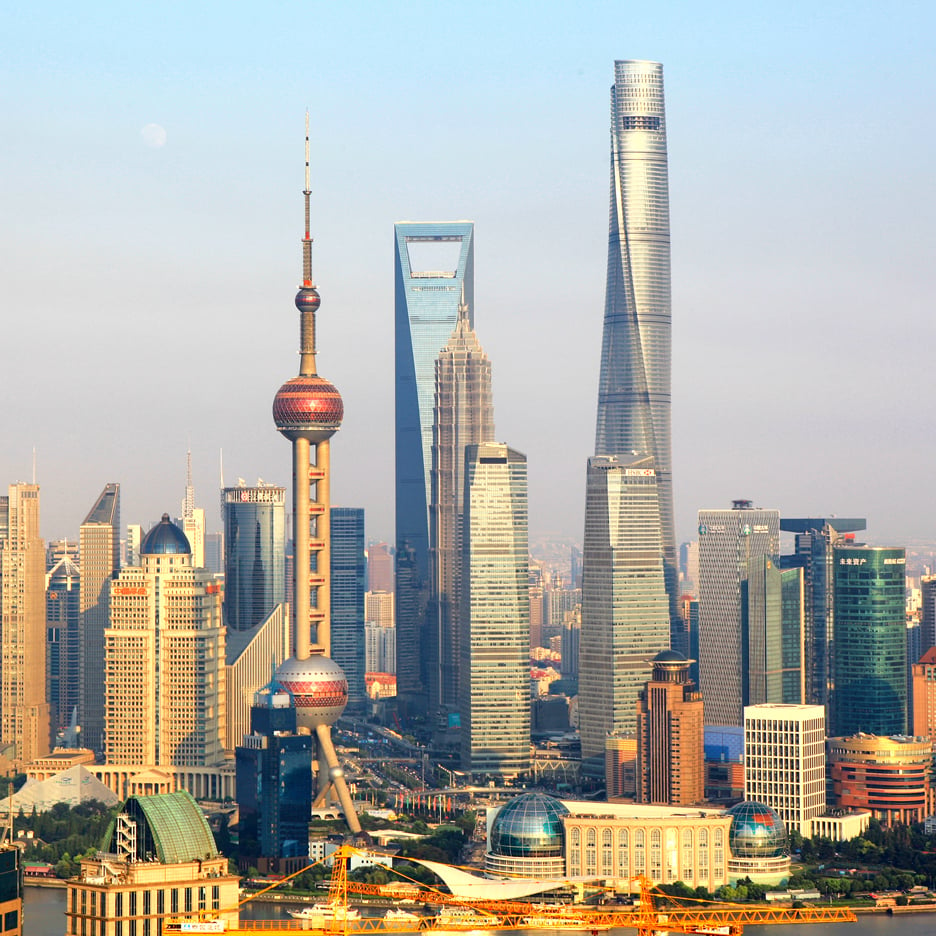2016 heralds beginning of the "megatall" skyscraper era
The number of skyscrapers over 600 metres high – known as "megatalls" – is set to more than double in the next few years, say experts.
Skyscraper authority the Council on Tall Buildings and Urban Habitat (CTBUH) has revealed that the number of 600-metre-plus buildings in the world is set to rise from three to seven in the next five years.
This includes the completion of the 1,000-metre-high Kingdom Tower in Jeddah, Saudi Arabia, and the 606-metre Wuhan Greenland Center in Hubei Province, China.
CTBUH describes the height as the "new frontier for the world's tallest buildings".

The predictions were made in an annual report released this week, which also revealed that 2015 saw more skyscrapers built than any previous year on record.
According to the organisation, the term "supertall" – used to describe buildings over 300 metres – is no longer an indicator of extraordinary height, as there are now more that 100 skyscrapers that meet that criteria.
"With supertall skyscrapers more common than ever, many look to the megatall distinction as the new frontier for the world's tallest buildings," said CTBUH.
"That includes Jeddah Tower, which will become the world's tallest building and the first kilometre-high building upon completion."
"There are currently only three completed megatall buildings in the world, but that number is set to more than double in the coming years as four more – including Jeddah Tower – come online," it added.

The first "megatall" skyscraper was SOM's Burj Khalifa in Dubai, which completed in 2010 and has held the title of world's tallest building ever since.
It was followed up in 2012 by the 601-metre-high Makkah Royal Clock Tower in Mecca. The third building to join the list was Gensler's 632-metre-high Shanghai Tower, which is now complete but yet to open.
Brian Lee, a Chicago-based partner at SOM, believes advancements in construction will continue to fuel the trend for taller and taller buildings.
"Materials and technologies that enable mega-tall buildings continue to improve," he told Dezeen. "Buildings like the Burj Khalifa utilise these innovations to concentrate density and create potent symbols for communities."
But Lee also predicts that low-rise developments will evolve faster, as cities try to find alternative ways to densify.
"I also foresee a focus on lower, interrelated developments that weave cities together to create more walkable, mixed-use, vibrant communities," he said. "Cities like Dubai are trying to be more like Paris."

Architect Barbara Weiss, one of the driving forces in a campaign to curtail skyscraper construction in London, is more skeptical.
"More and more opposition groups are forming [against skyscraper developments], and even developers and architects working on skyscrapers appear defensive and even somewhat apologetic," she said.
"The property cycle is going the wrong way for towers, particularly for ones that are creating flats that are not affordable," she added. "The majority of the skyscrapers that are being built are eyesores, and are destroying communities."
CTBUH has been predicting the "era of the megatall" for several years. In 2011 it published a report predicting that eight 600-metre-plus buildings will be finished by 2020.
"The number of megatalls set to complete in the upcoming decade is similar to the number of supertalls completed in the 90s," it claimed.